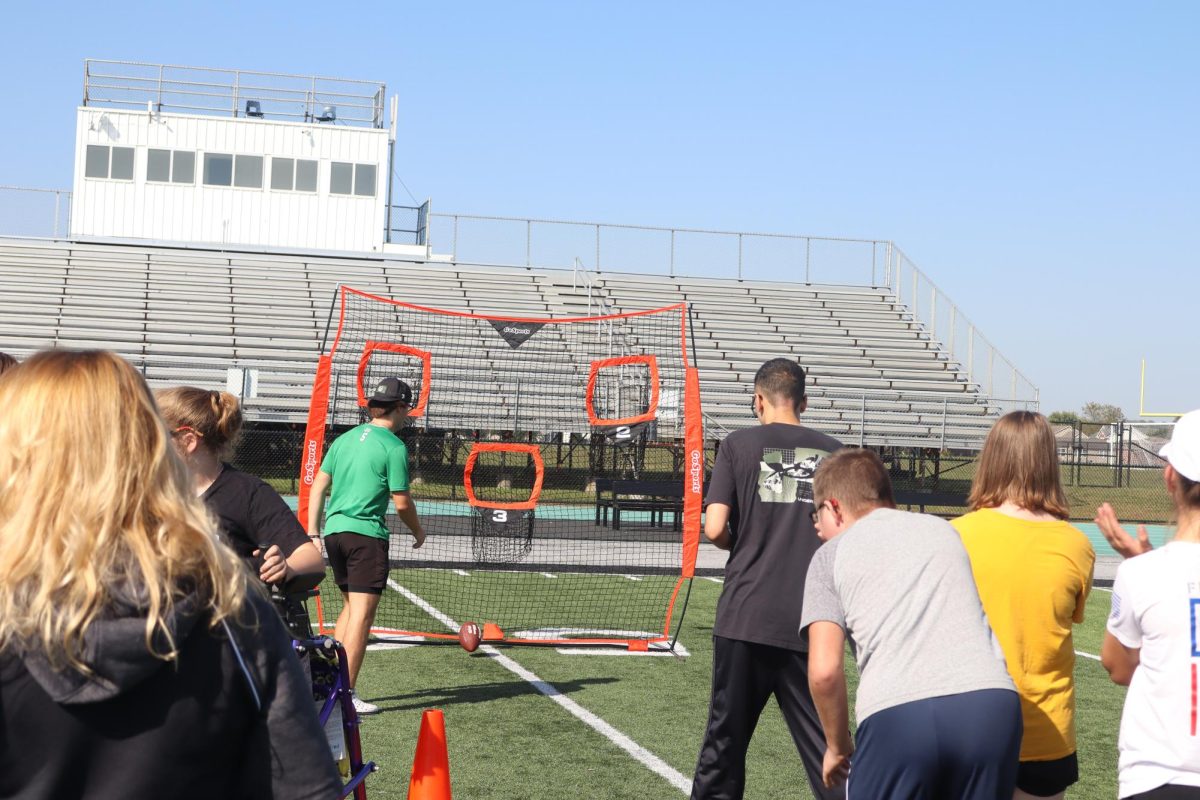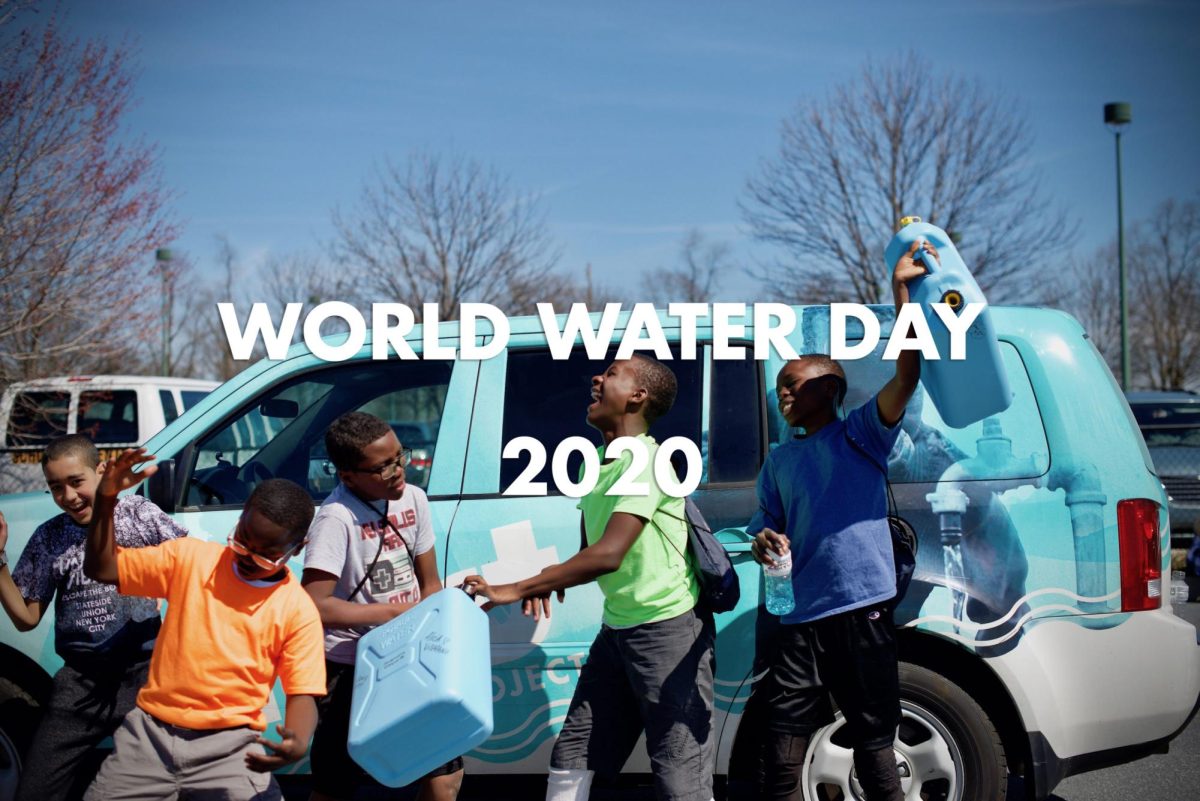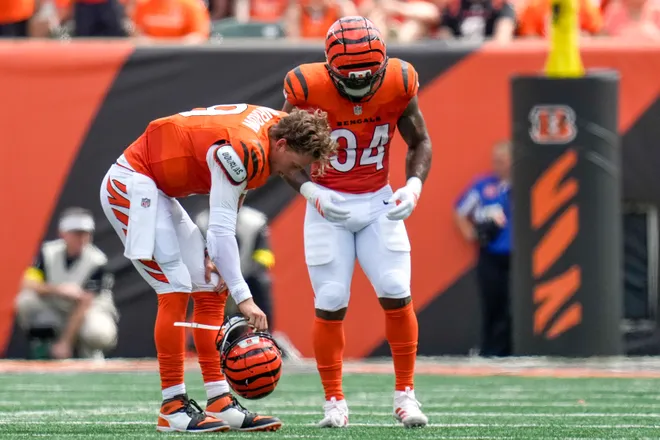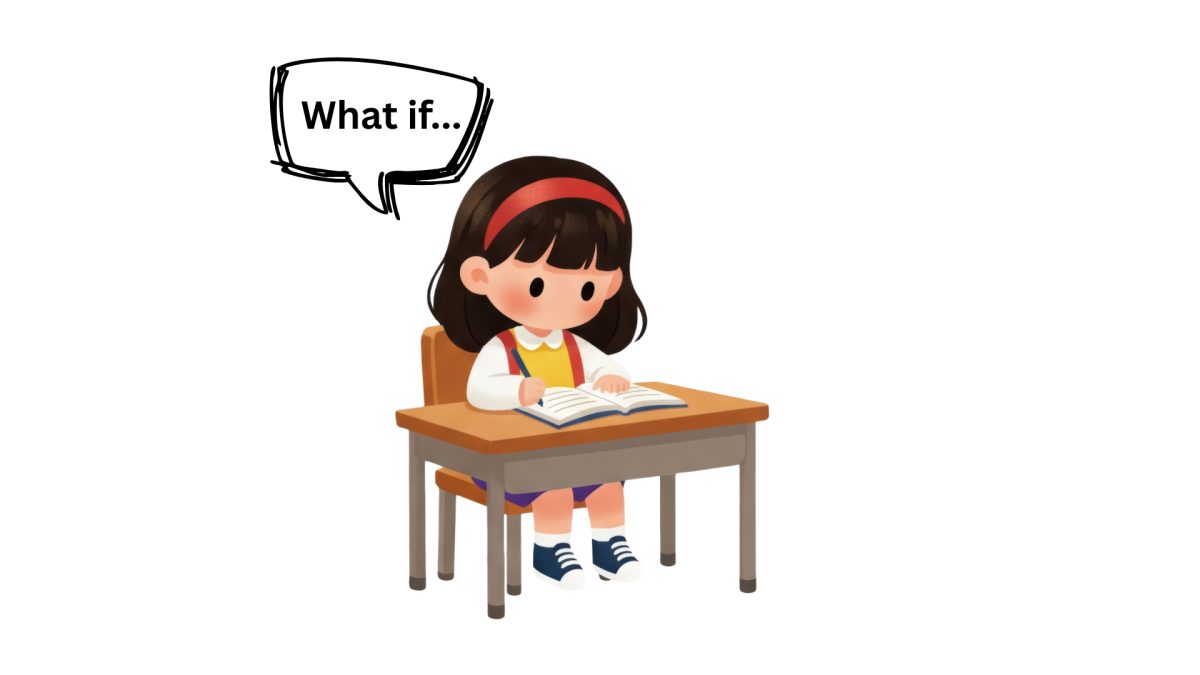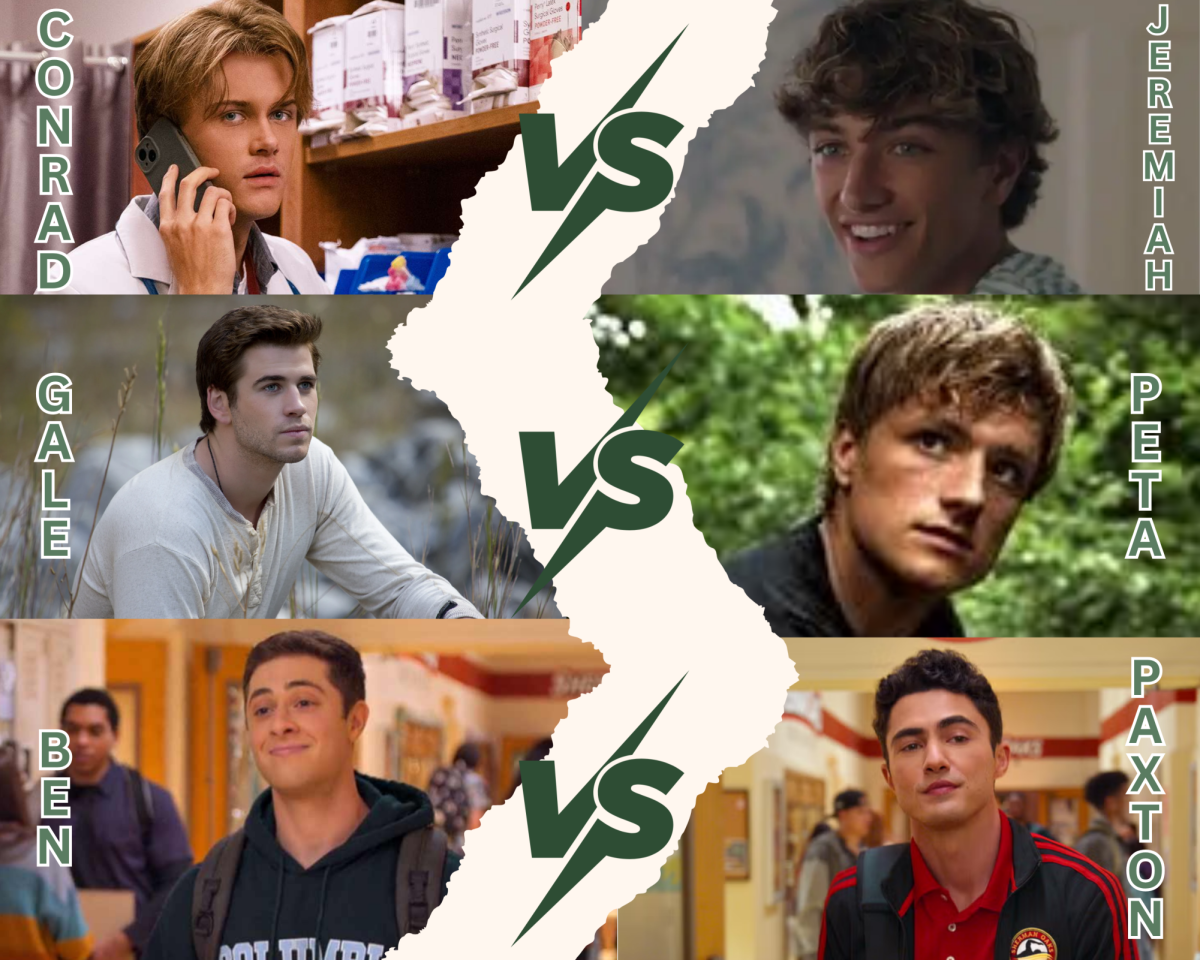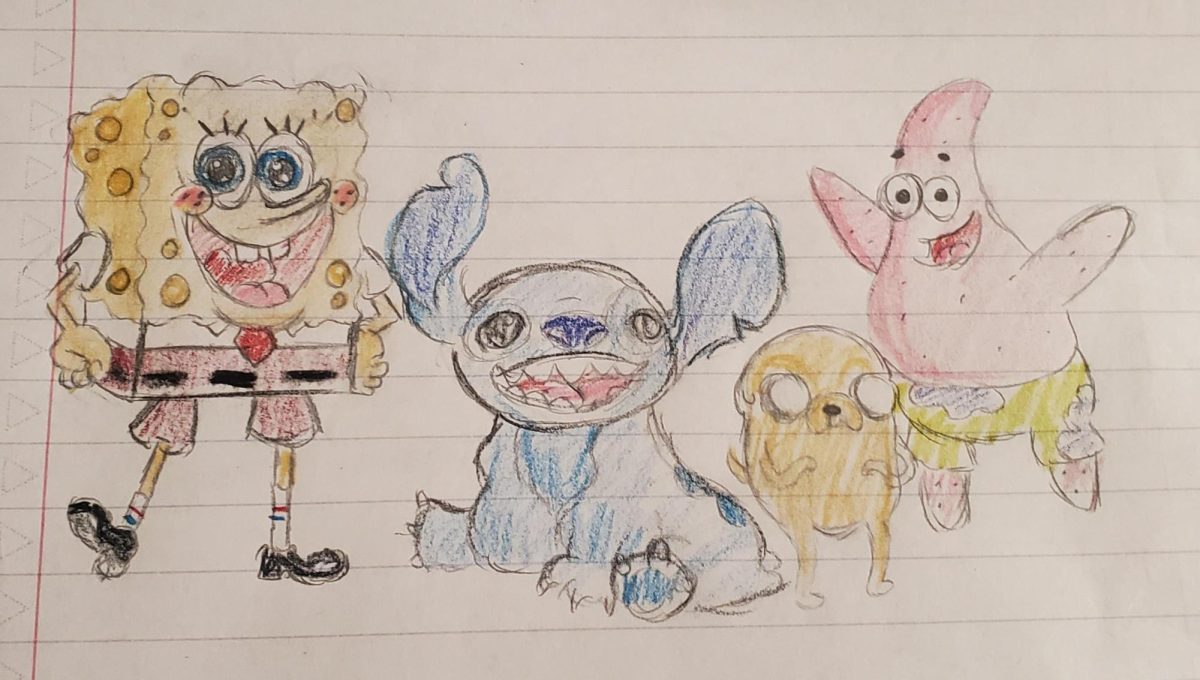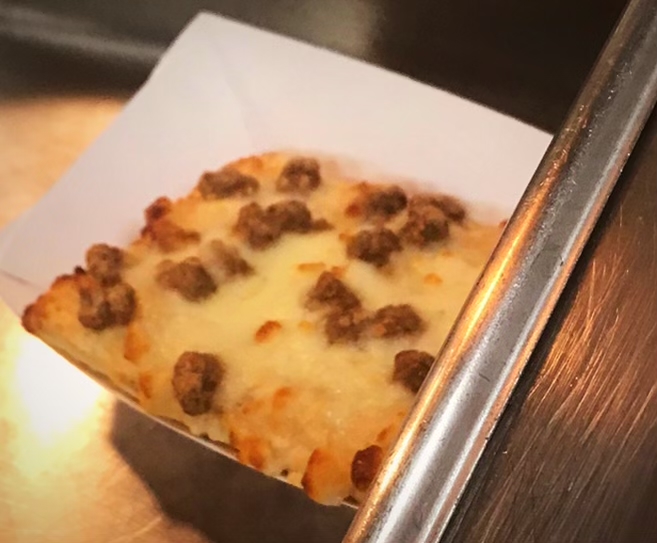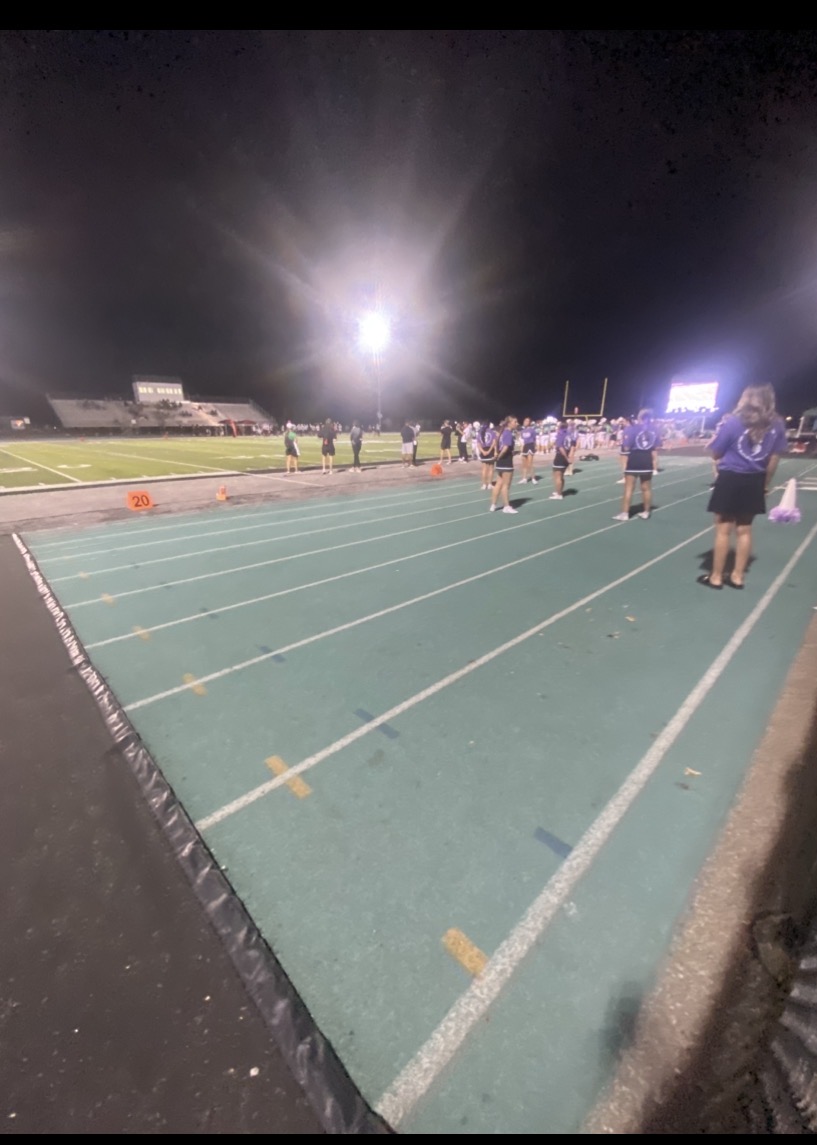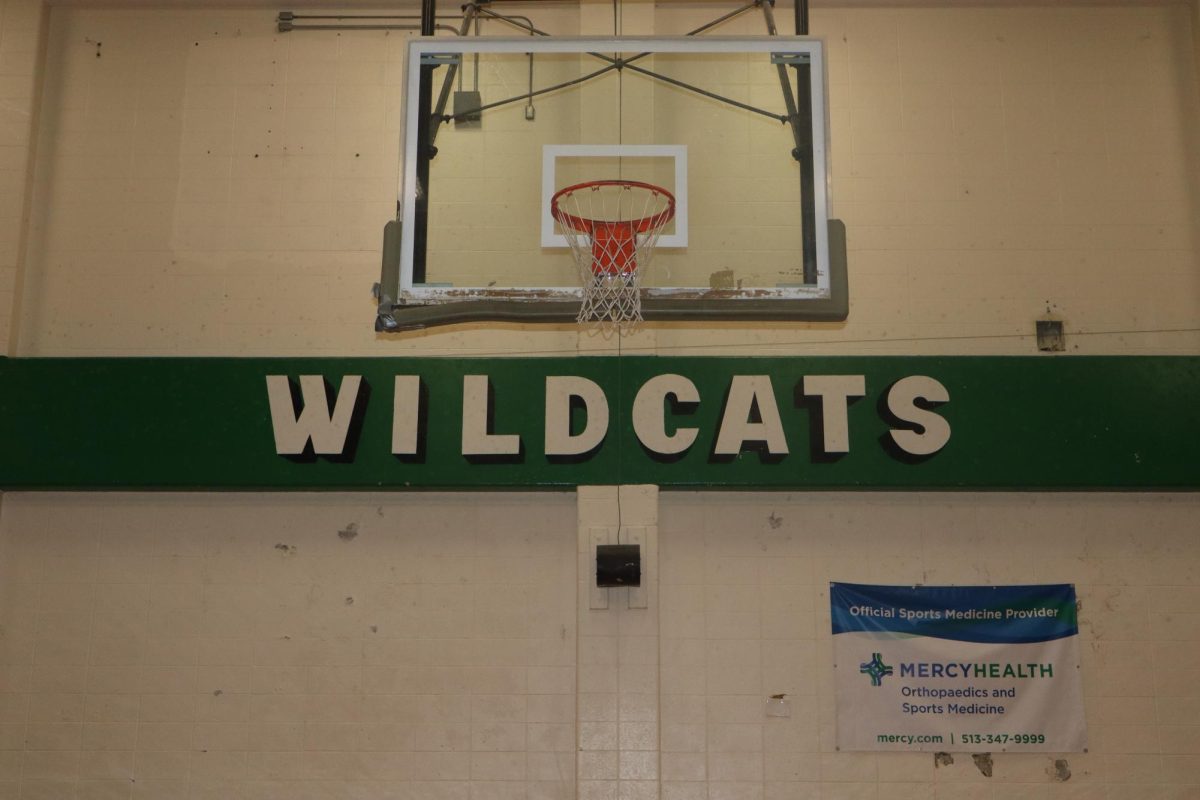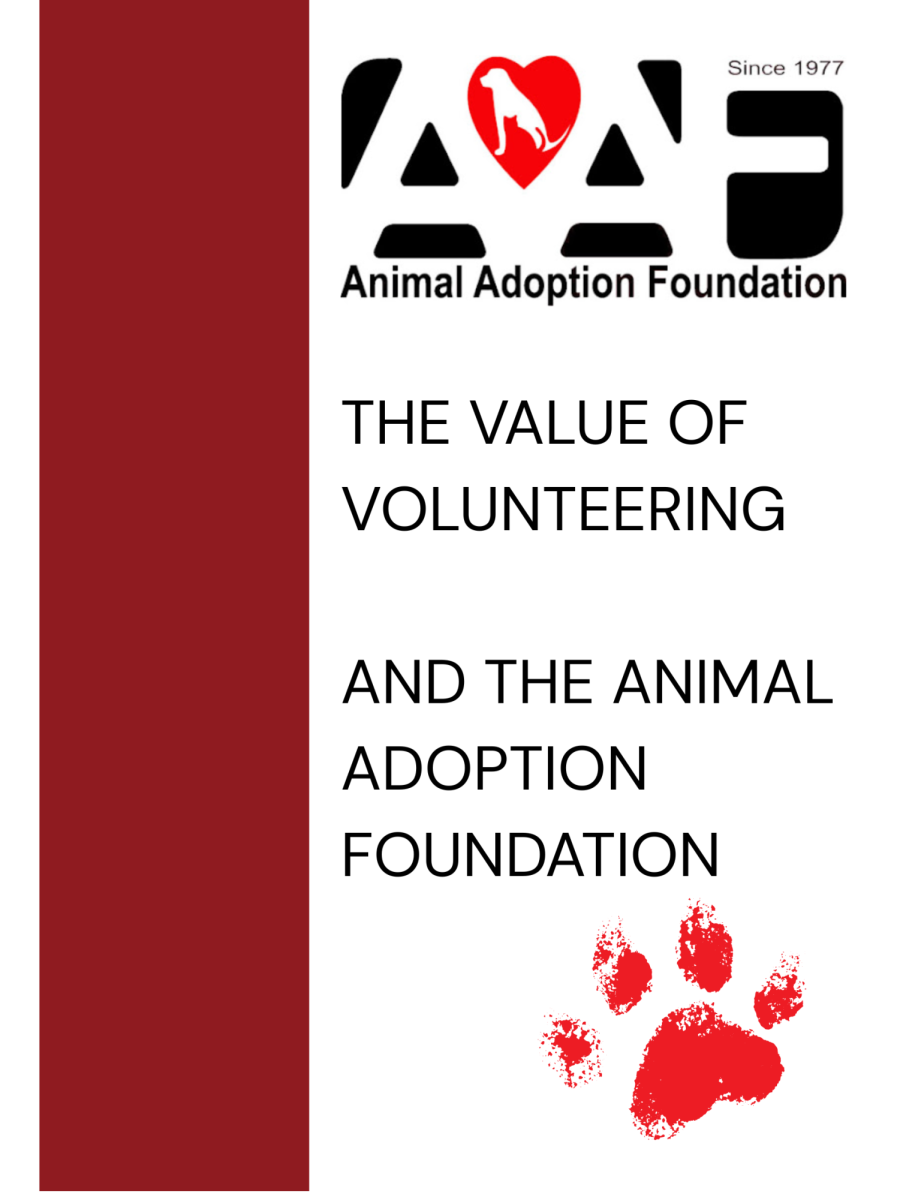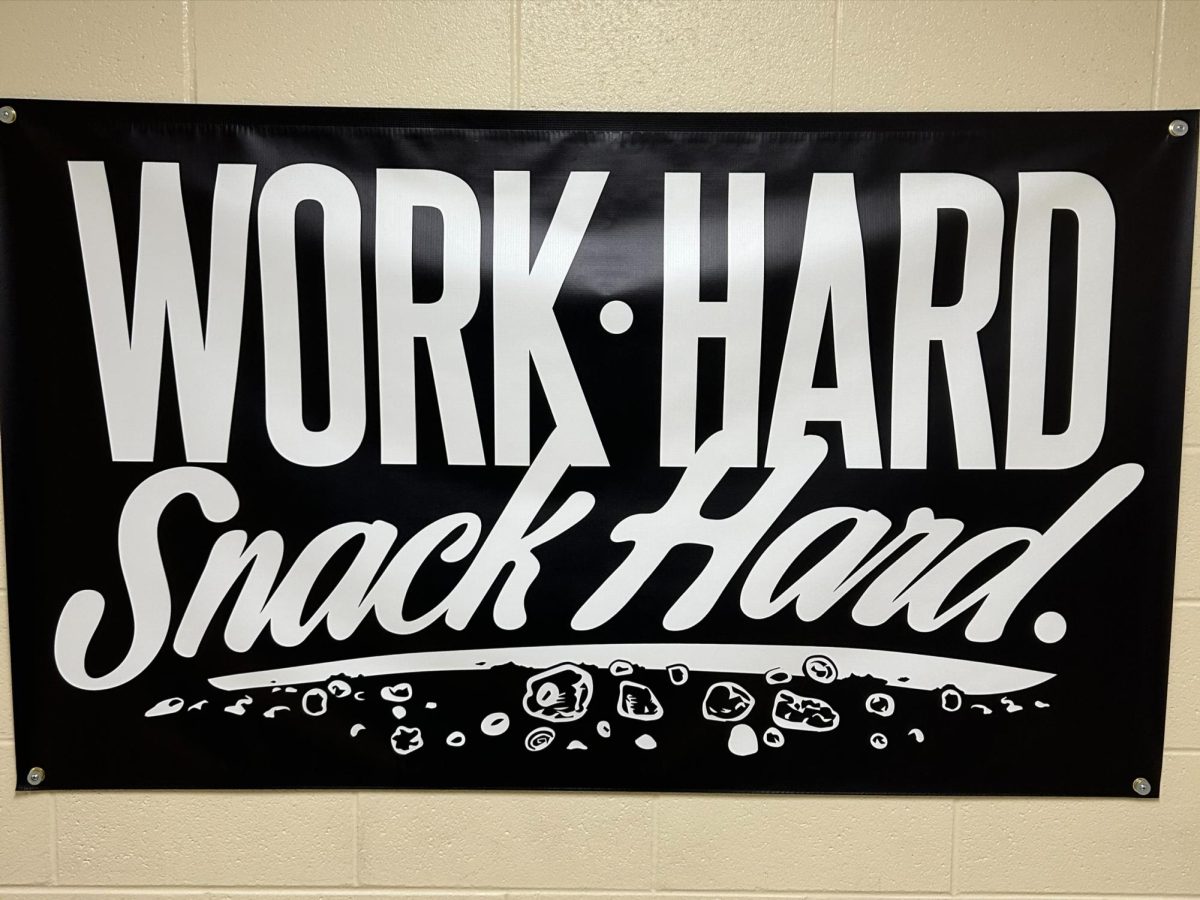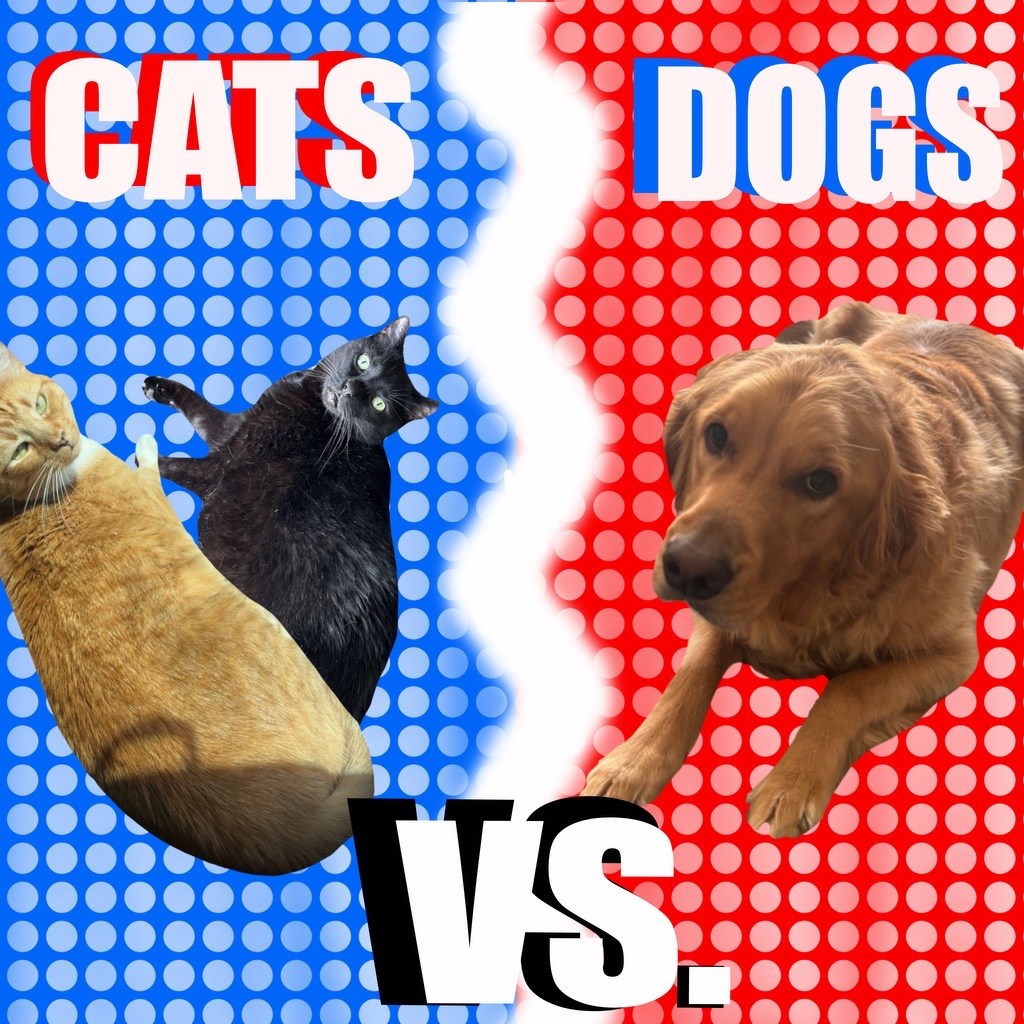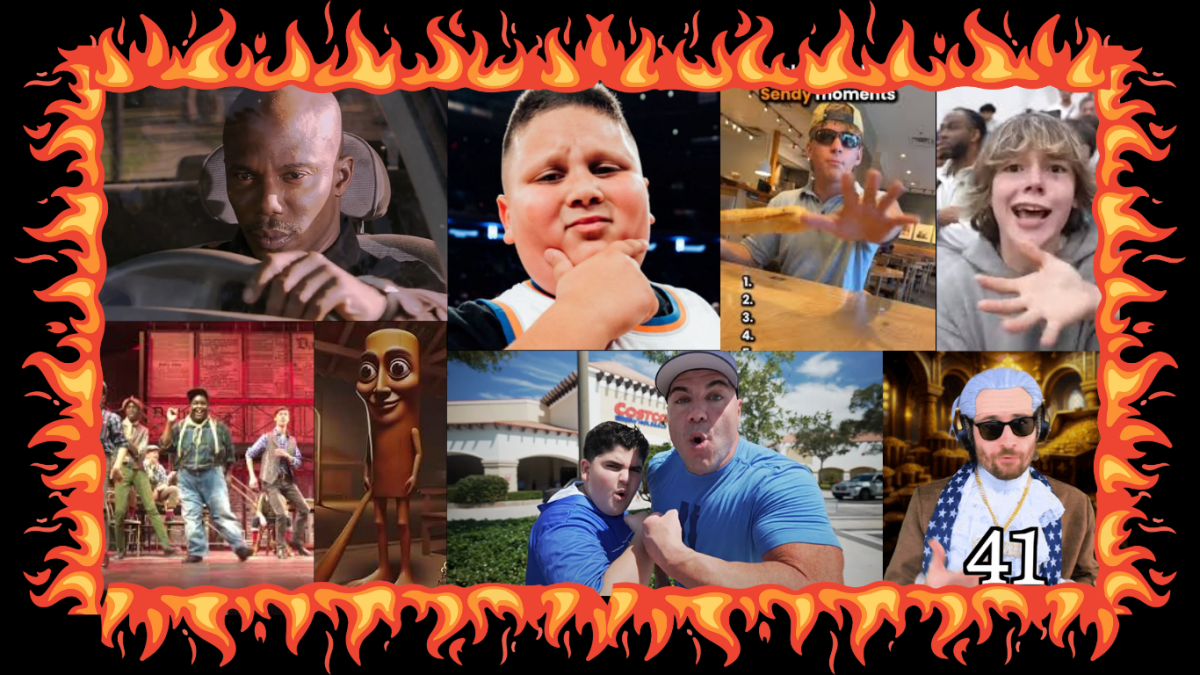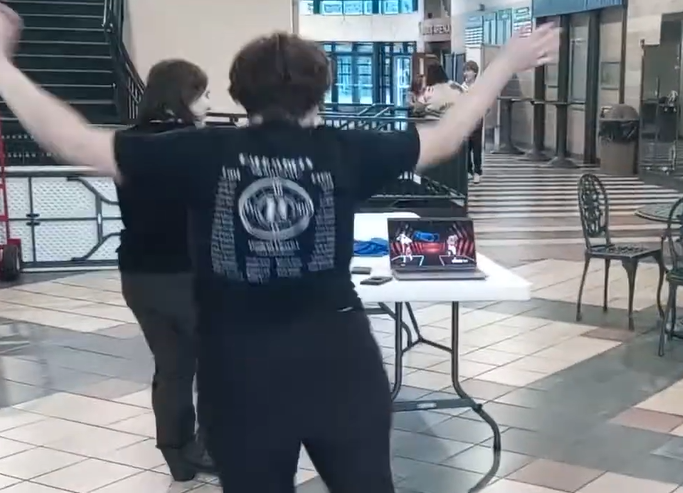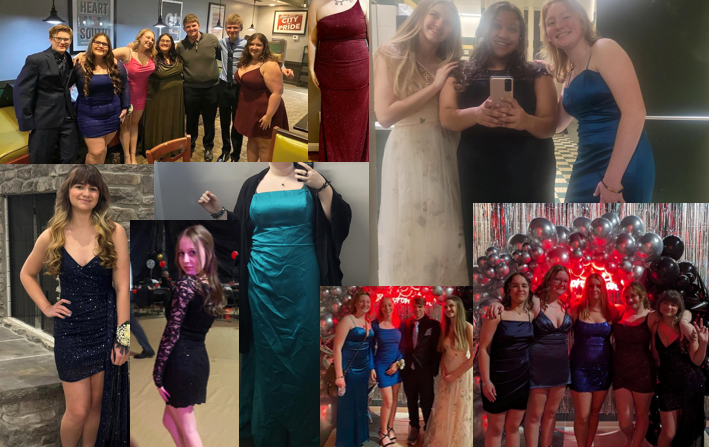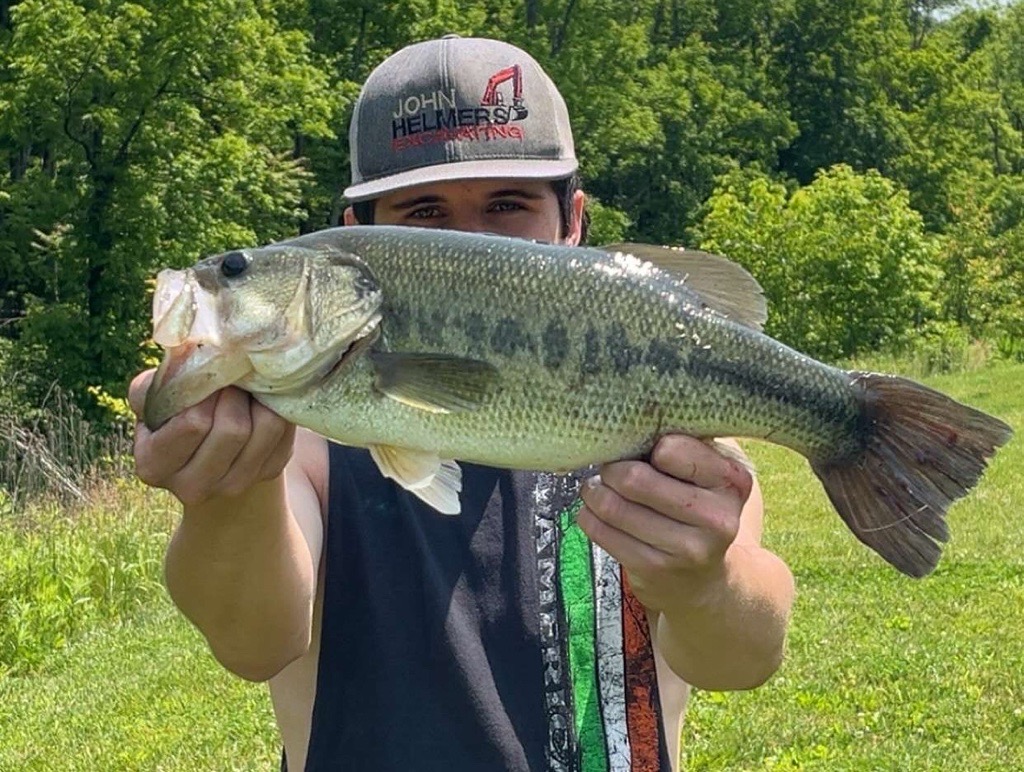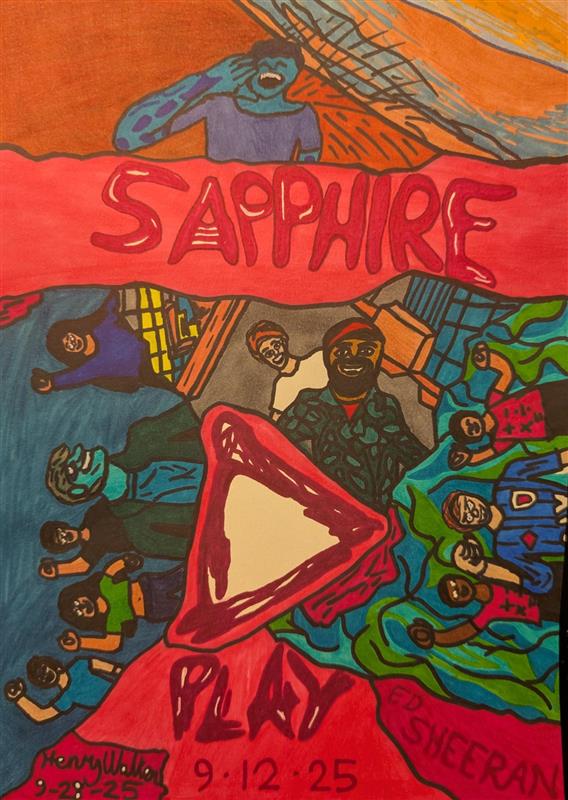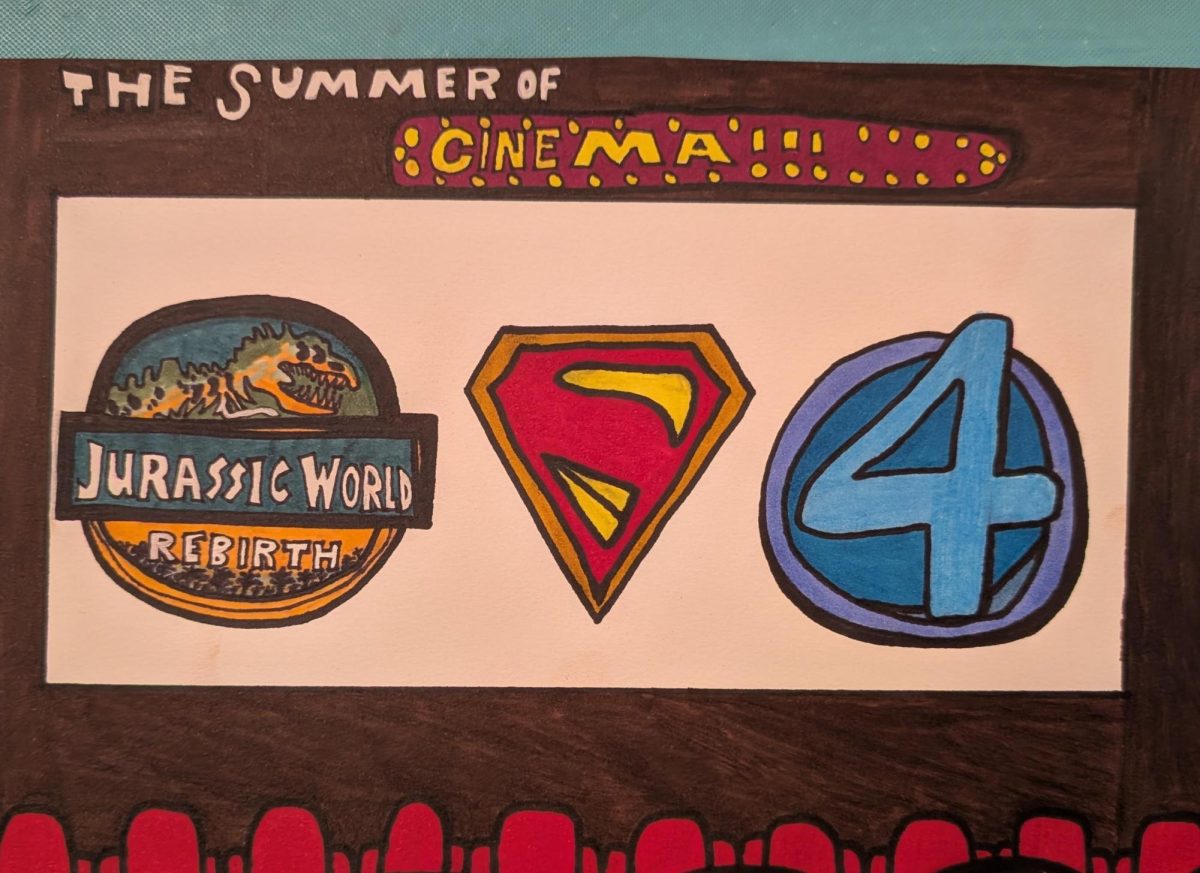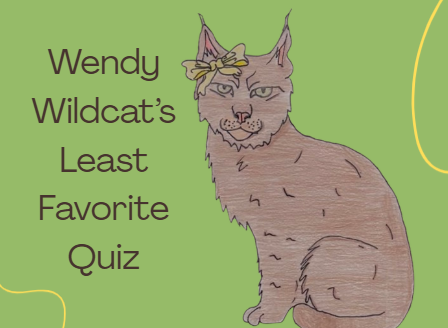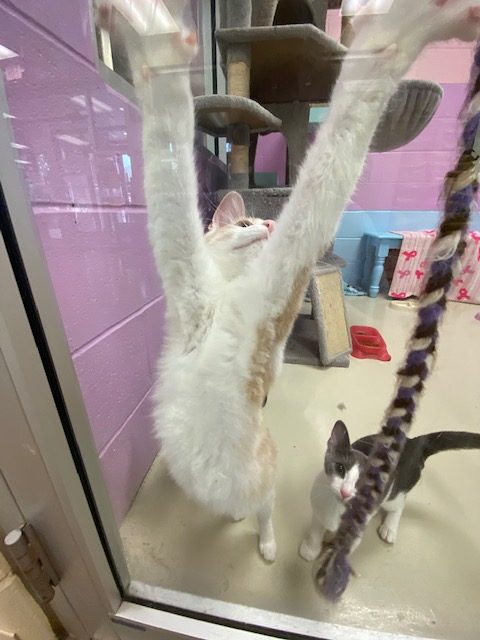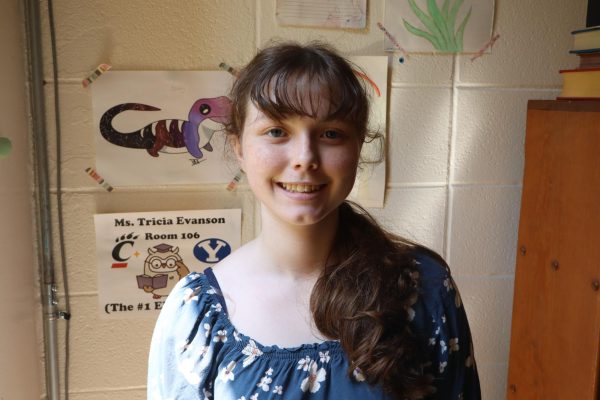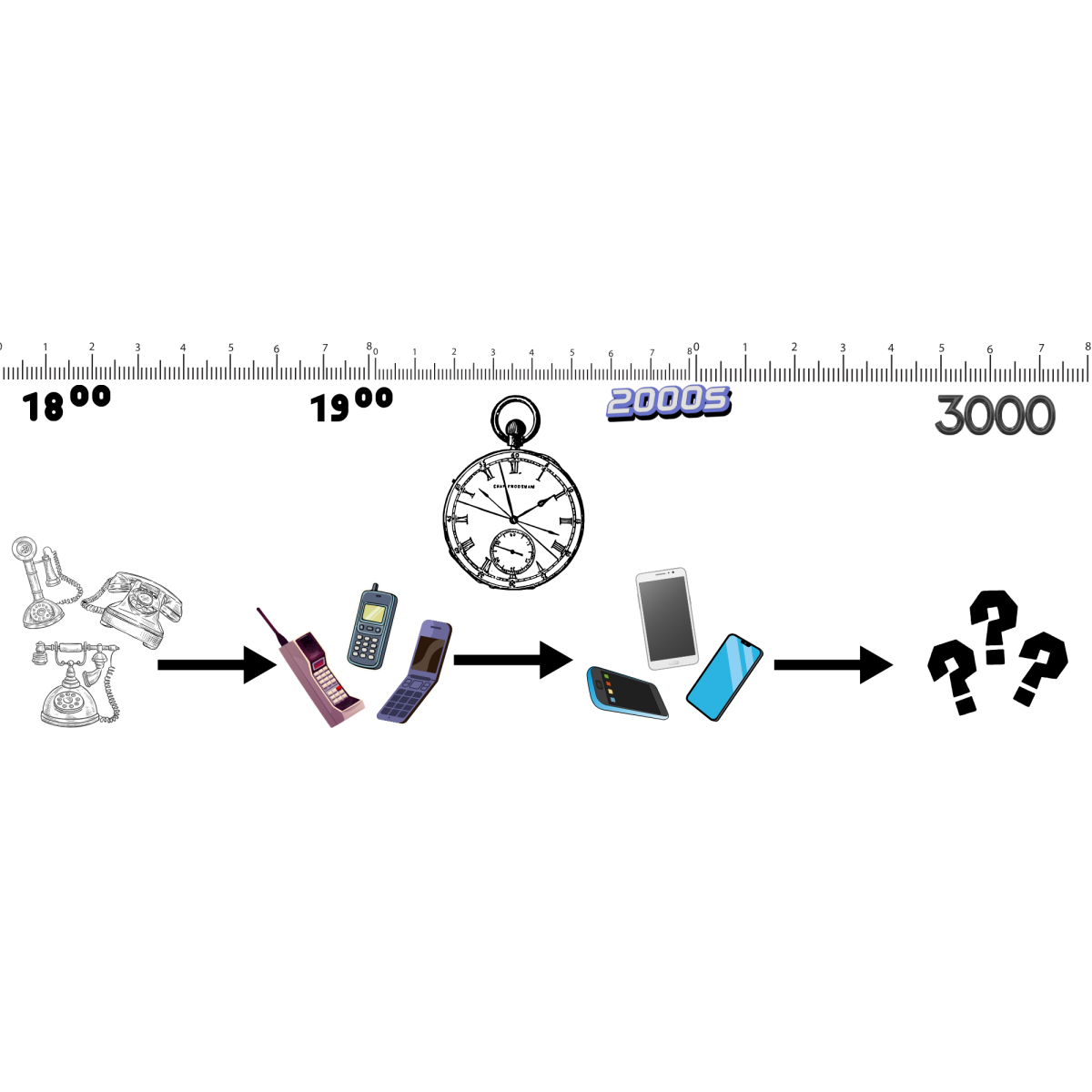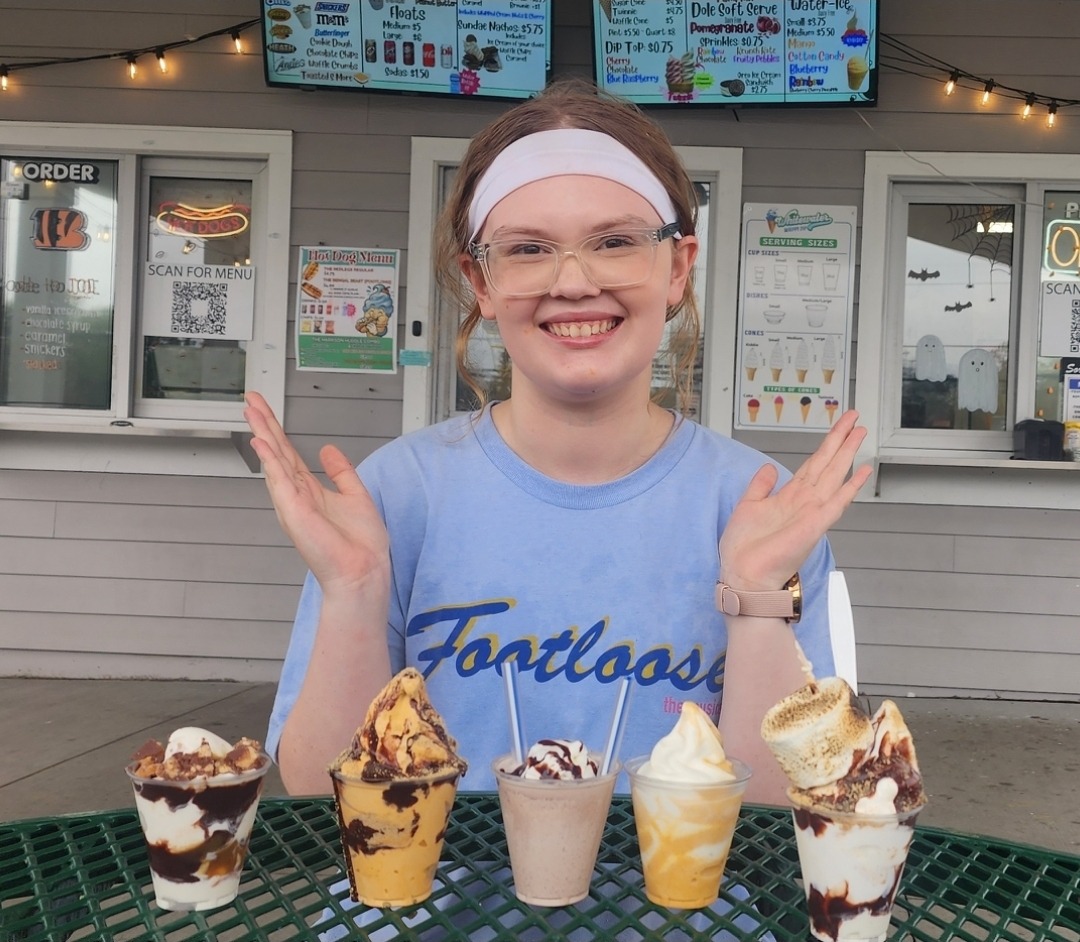If you were to walk up to a person and ask them what they imagined when thinking about an animal shelter, you’d likely get a wide variety of responses. Shelters have a lot to do, and you, like me, can volunteer at them. Read to the end to find out what it looks like to volunteer in an animal shelter!
You can’t blame them either, because shelters often have a bad reputation, with ‘kill shelters’ living in absolute infamy. According to the ASPCA in 2024 “607,000 animals were euthanized in shelters in 2024.” That is too many animals killed, and from the outside, this seems bad. However, the trend is going in the right direction, and when you’re taking the whole picture into account, the ASPCA furthers “In the past five years, euthanasia rates have dropped from 13% in 2019 to 8% in 2024.”
This improvement is a result of a nationwide effort to support no-kill shelters and encourage adoption. Organizations such as the ASPCA, Best Friends Animal Society, and Maddie’s Fund have worked hard to push and support N0-Kill Shelters. This is alongside various humane societies, volunteer groups, and even states. California passed their Hayden’s Law bill in 1998. This bill established a 72-hour period during which an impounded animal cannot be euthanized. It was later updated to four to six business days as specified with orders for specific situations. All of these show that basically, people support no-kill shelters!
Of course, all of this work is nothing without shelters to actually carry it out. It turns out that being “no-kill” isn’t as easy as one might think.
To be considered “no-kill”, a shelter must save ninety percent of the animals it accepts. The remaining ten percent is meant to cover suffering from irreparable medical conditions and behavioral issues compromising quality of life and preventing adoption. From all sides, this is good, I mean, saving pets and finding them forever homes- who wouldn’t like that?
The issue is, as always, money. Shelters cannot possibly do everything they need on their own. Veterinary care is expensive, pet food is expensive, kennels are expensive, expansions are expensive, everything is expensive! The Best Friends Animal Society sums it up in their 2025 article “New Data Confirms No-Kill Shelters Are Now the Norm in America” saying “For any community to be no-kill, all stakeholders in that community must work together to achieve and sustain that common goal while prioritizing community safety and good quality of life for pets…” No-kill shelters take all the help they can get whether it be foster families, donations, or simply volunteering. In short, even you can make a difference.
•————••————•
For me, my local animal shelter is the Animal Adoption Foundation (AAF). The AAF is representative of the majority of shelters in Ohio, meaning it is a no-kill shelter. In fact, Ohio has a phenomenal 2.6% kill rate (go us!), and this is only possible through many, many shelters who need many, many volunteers. The AAF has been around longer than me, having been established in 1977, beating me by about thirty years. In its forty-seven years of operation, the AAF has experienced plenty of growth. Excluding pets in the foster system, the shelter currently holds about eighty-five cats and dogs. That’s a lot of fur!
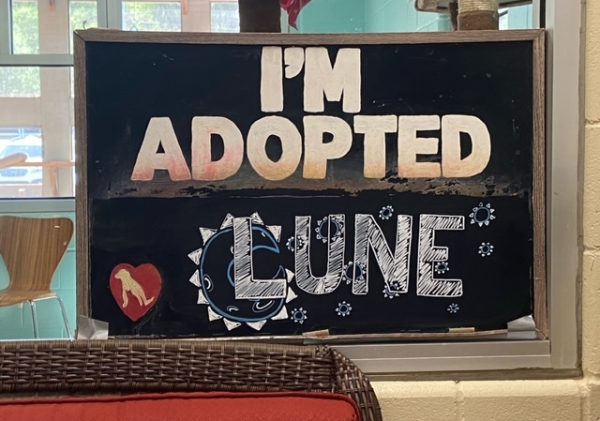
To begin our visit, we enter the main lobby… at the front desk is the lovely Kuro, and her phenomenal assistant Susan Fleischer. Susan is seventy and volunteers every other Saturday. Her duties include working the front desk, helping visitors, office work, managing paperwork, answering phone calls, and occasionally tending to the cats. Susan has worked at AAF for the past 2 years, and before working at the desk, Susan volunteered with both the cats and dogs. When asked why she chose to volunteer at AAF her answer was quite profound “I wanted a dog.”
Prior to AAF, Susan had never adopted a dog from a shelter, instead, she’d adopted strays and dogs in need of a home. Since you aren’t allowed to meet an animal without an application, Susan decided to volunteer and better her chances. Of course, Susan eventually got her dog. And now she continues to volunteer at the AAF. Her favorite lobby cat is Kuro.
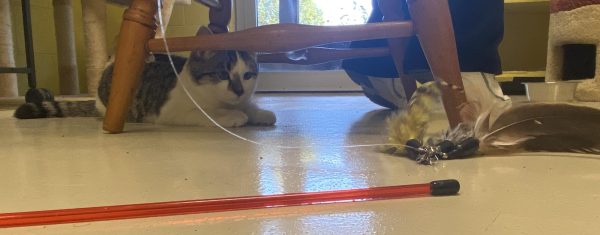
Behind the front desk, in the depths of the office, I met assistant director Ella Moore. Ella Moore is twenty-one years old and has volunteered at AAF for the past three years. She has only been the assistant director for the past month or so. Ella works five days a week and often answers messages in her off time. The coolest part of her job? Ella is responsible for ensuring each and every animal gets their required vaccinations. In the above picture, the kitten, Ron, is getting his Leukemia and FVRCP vaccines. These vaccines are incredibly important for cats- as they help prevent the spread of feline diseases and overall increase the animal’s quality of life. Feline Leukemia is spread via bodily fluids, primarily bites. Humans cannot catch it, but cats are incredibly susceptible. Meow Cat Rescue asserts “… 85% of cats with FeLV infection die within 3 years of the diagnosis, some cats, especially those acquiring the disease as adults, may live several years”. FVRCP encompasses a variety of hardy diseases that can be tracked in by objects, especially on the bottom of your shoes. By vaccinating pets, the shelter lowers the risk of disease outbreaks in the shelter, making it safer for everyone involved.
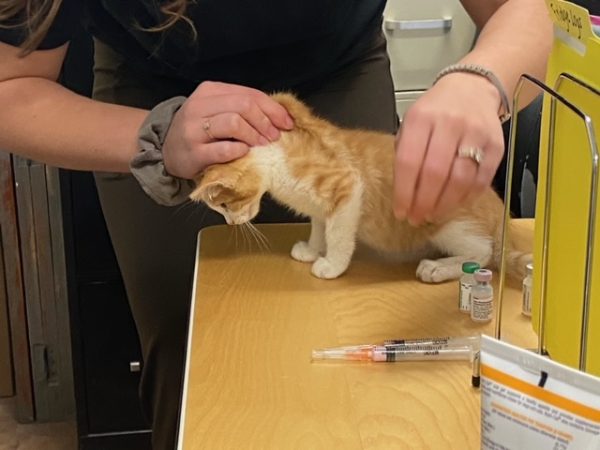
Ella also oversees the kennel staff, processes applications, animal turn-ins, and adoptions. In short, she handles logistics. Her favorite part? Adoptions, of course. Even if it’s a little bittersweet to see a pet go, she feels happy knowing they’re going to a good home.
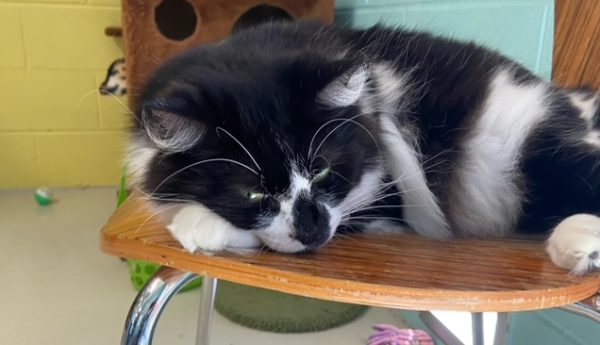
At AAF, the most basic form of volunteering is cat socialization. Like any normal visit, you can come brush, play, and laze around with the ferocious felines. Although small, pet socialization is vital for any shelter animal. In Direct Animal’s article ‘The Importance of Socialization for Shelter Animals’ they assert “…it’s not uncommon for neglected animals to have no socialization skills prior to coming into the shelter”. An animal with bad or little to no experience with people struggle in more ways than one, an unsocialized animal can take longer to be adopted and be looked over in favor of a more friendly alternative. Socialization makes an animal more adoptable, as “A socialized animal is less likely to be fearful of new people and experiences and is less likely to lash out at others due to stress and anxiety.” By socializing animals, it makes volunteering safer for everyone.
Socialization is especially important for puppies and kittens, and it isn’t just getting them used to people. Socialization helps prepare puppies and kittens for the world, helping them get used to and accept everything happening around them. Just like young children, cats and dogs learn from experience. The AAF can expose their tiniest residents to a variety of situations, but it takes interaction with volunteers and visitors to help them get used to people.
In short, by flinging around a feather toy, you can help improve their chances of being adopted!
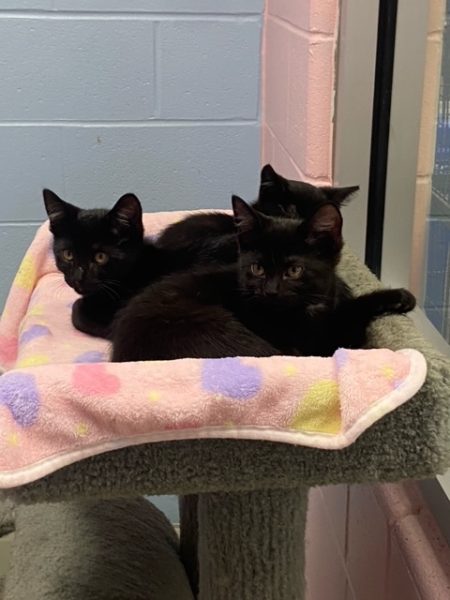
To become an actual volunteer and receive the illustrious lanyard, you must first fill out a volunteer application and attend one or more orientations. The shelter prefers online applications, but they always have paper applications on hand if you visit. Volunteers cover many different fields, whether playing with the cats, walking the dogs, fostering, or joining a committee.
For children under the age of fifteen, the AAF offers the ability to be a junior volunteer. Junior volunteers must volunteer alongside a parent. Junior volunteers are not permitted to work with the dogs unless they’ve received appropriate training and are supervised by an adult.
Aside from cat socialization, volunteers can also take a look at the volunteer book and find a variety of tasks the shelter needs done. Such as combing cat hair off the cat towers, brushing cats, doing laundry, etc. There’s always something to be done.
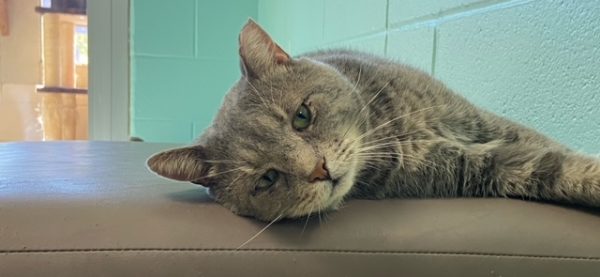
As a no-kill shelter, the AAF takes in a variety of cats. Even if they are sick. For example, Denzel Pawshington is FIV+, which means he’s positive for the Feline Immunodeficiency virus. FIV isn’t contagious to people, nor is it contagious to other cats. The shelter doesn’t know much about Denzel’s life before he came to AAF, but they believe he deserves a chance at a good home. And he’s a great guy! Warm, friendly, and quite a chatterbox!
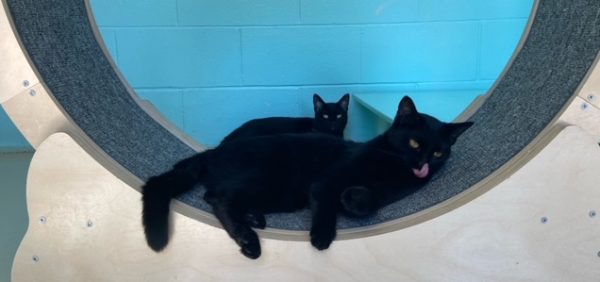
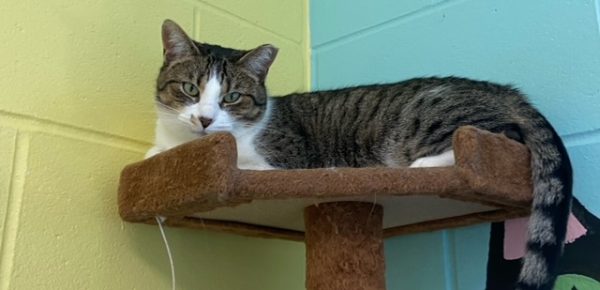
Like all animal shelters, the AAF accepts donations. Their Wishlist is featured on their website. They emphasize non-clumping cat little, Fancy Feast kitten food, dog toys, and soft USA made dog treats. Click here for their Wishlist!
In the end, the AAF is more than a shelter, it’s a community. Full of staff and volunteers who want to remind everyone that every animal deserves a chance. Furever homes don’t come easy!
Want to learn more about the AAF? Go to their website
Want to find a shelter near you? Use Petfinder
Interested in any of the pets featured? Use AAF’s Petfinder
